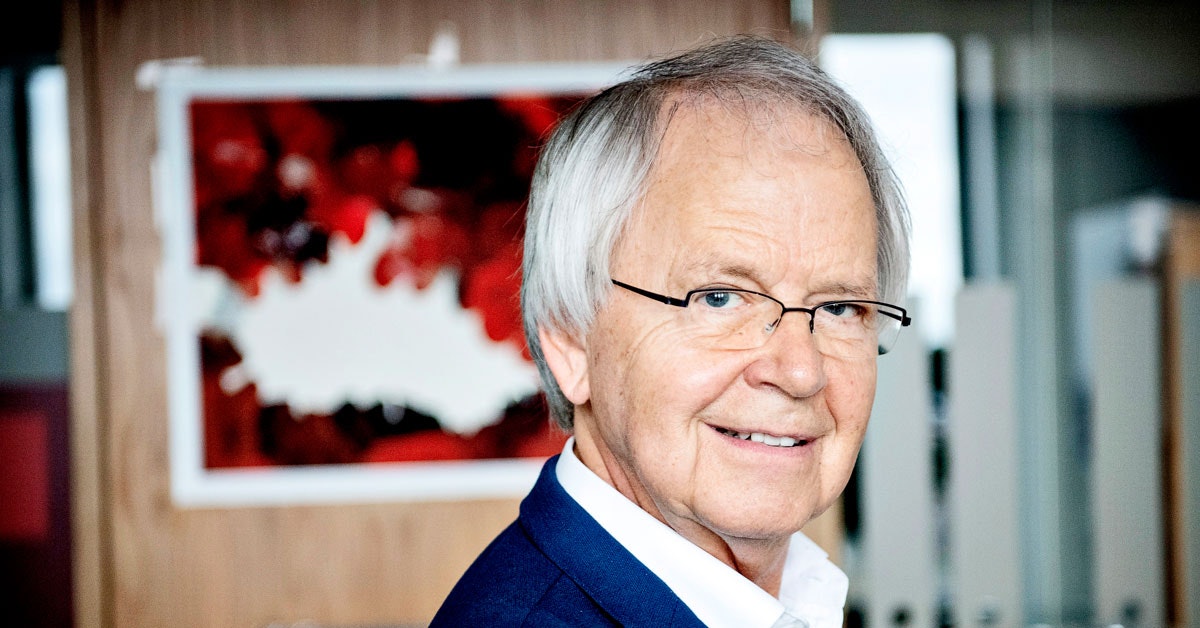in Research article in Proceedings of the National Academy of Sciences They describe how a so-called supercapacitor can store huge amounts of energy based on readily available materials.
cement for energy storage
Supercapacitors are similar to batteries, but unlike batteries, supercapacitors can charge very quickly, but they cannot store the same amount of energy in a given mass.
They are a type of rechargeable battery, but they store and release energy much faster than regular batteries. This happens in an electric field between two electrodes.
The amount of energy a capacitor can store depends on the surface area of the two plates between which the current is stored. The larger the panels, the higher the power.
The research team found a way to extend the concept. The supercapacitor consisted of a cement-based material mixed with lamp soot with an unusually large inner surface.
Lamp soot, in English “black carbon”, looks like dust from coal and is produced by combustion with little oxygen, the so-called incomplete combustion processes – it conducts electricity.
By adding lamp soot to the cement mixture and allowing it to harden, a dense, cohesive network of conductive material is formed in a given size – just as between two plates of a conventional supercapacitor.
When the cement reacts with water, a branched network of holes forms as carbon is fed into the holes and forms complex thread-like structures, resulting in a large surface area within a small volume.
In other words, more energy storage space is created than in a normal supercapacitor – without changing volume.
Electricity can be stored for a whole day
To give the material charged particles, the researchers soaked the new supercapacitor in a standard electrolyte of salted potassium chloride, which was trapped in carbon structures.
When the material is connected to an energy source, such as solar panels or wind power, the energy is stored and can be released to provide energy – because the energy is stored, it creates a constant source of energy.
Now researchers have created a supercapacitor that is just over 1 cm in diameter and 1 mm thick and can charge up to 1 volt. In an experiment, they put three capacitors together, which lit a 3-volt LED.
The team calculated that a 45 cubic meter concrete block would be able to store just over 10 kilowatt-hours of energy, which corresponds to the average household’s daily electricity consumption.
The researchers believe the material can be scaled up and incorporated into buildings that can store energy in concrete. It can also function as a heating system.
They also believe that this material could be used in concrete road surfaces, which could then charge electric cars while driving.

“Explorer. Unapologetic entrepreneur. Alcohol fanatic. Certified writer. Wannabe tv evangelist. Twitter fanatic. Student. Web scholar. Travel buff.”



